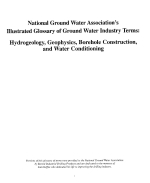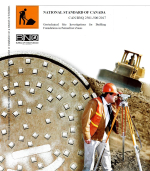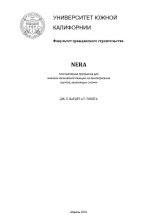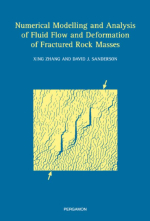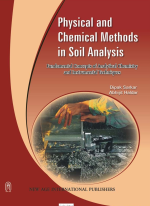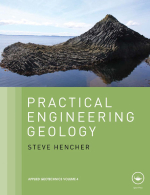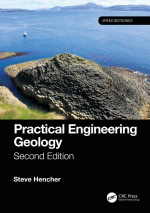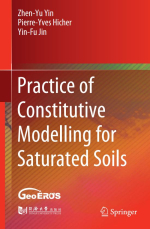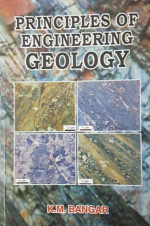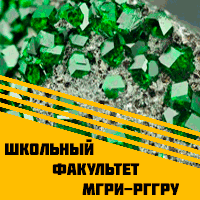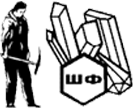Constitutive models are fundamental training for graduate students in geotechnical engineering. For a long time, however, these models have lacked a simple and easy-to-understand platform for learning, training and practice between the theory and practice of soil mechanics and geotechnical engineering. Many engineers and practitioners, and even some researchers, have reservations about this topic. There is a mismatch between research and application. Especially in recent years, constitutive models aiming at refined simulations have been continuously developed, with increasing complexity and parameters. In addition, difficulties in parameter calibration have given rise to barriers to their use in geotechnical engineering. Therefore, the establishment of a simple, easy-to-understand, easy-to-use learning, training and practice platform can serve as a bridge between theory and practice. This book, with its supporting platform software, is a welcome attempt to make constitutive models more accessible to both researchers and practitioners alike. <...>


